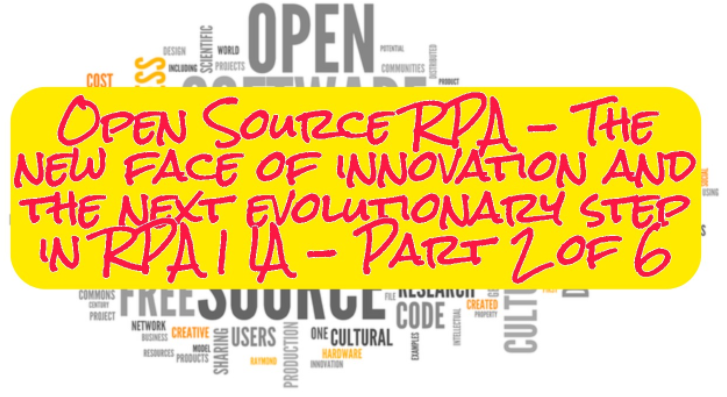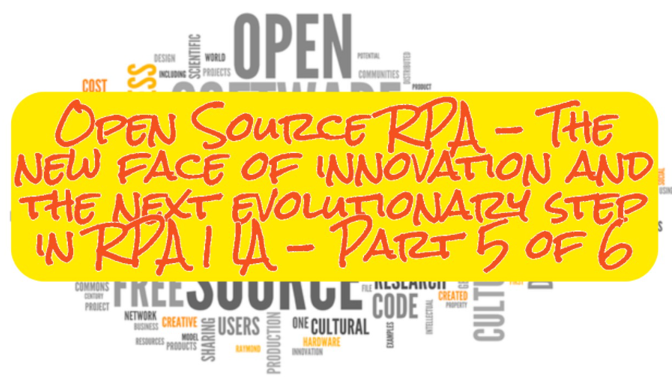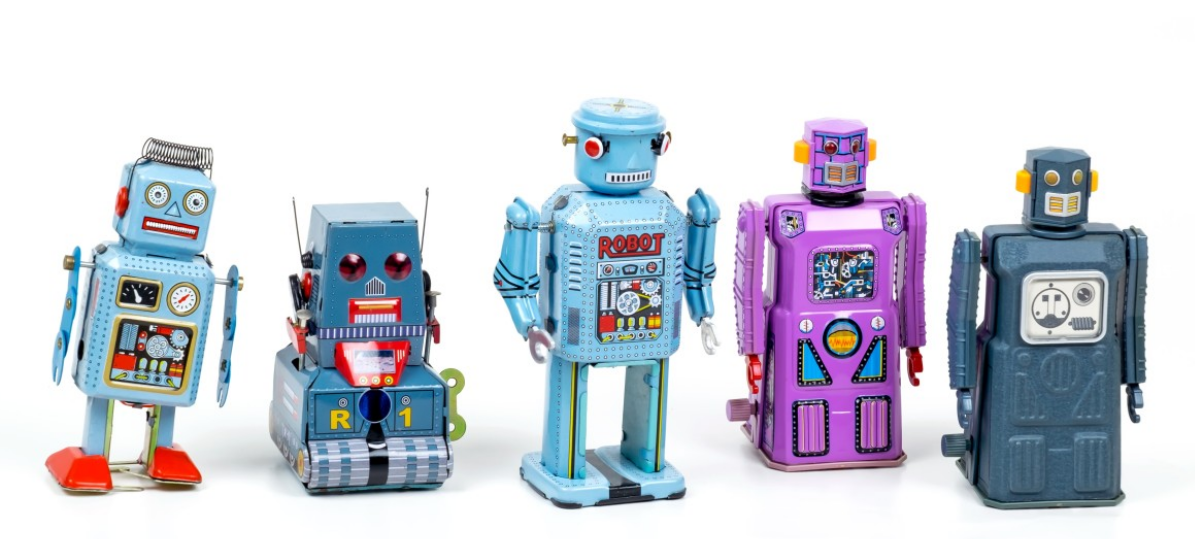Wakening up Hibernating RPA Robots❗
Remember that shiny new RPA robot you deployed, automating repetitive tasks and saving you a ton of time❓ Well, if you’re like many businesses, you might be feeling…stuck. RPA has hit a snag. Why? The answer lays in over-inflated expectations and the fundamental limitations of RPA itself.
But worry not! Imagine bots handling customer inquiries, navigating approvals, and personalizing campaigns – all while learning and adapting.
The secret sauce? Integrating Conversational AI with RPA.
RPA: A Game Changer
Robotic Process Automation (RPA) has been a game-changer in automating manual and repetitive tasks, leading to significantly increased efficiency and accuracy for a huge number of businesses. However, in recent times, the growth and utilization of RPA seem to have stalled, as is natural for any mature technology.
This article explores why this might have happened and how conversational AI could be the key to unlocking the next phase of RPA automation.
Why does RPA appear to have stalled❓
- Market Saturation: Countless organizations stand to gain from RPA yet have already embraced it to varying degrees, resulting in market saturation.
- Time-Consuming: Implementing RPA can be time-consuming, especially for small and medium-sized businesses who lack automation and IT expertise, e.g., centre of expertise, risk and governance frameworks, etc.
- Limited Scope: Traditional RPA bots are excellent at following instructions but they are not so great at adapting to change or handling unexpected situations. Unstructured data, or complex decision-making processes often challenge them. This rigidity can create a bottleneck, limiting the scope of automation and ROI.
- Integration Challenges: Integrating RPA with existing systems and processes can be complex and time-consuming, especially in large enterprises with many legacy systems.
- Cost Considerations: While RPA can offer significant cost savings in the long run, initial implementation costs and ongoing maintenance expenses can be comparatively prohibitive for small businesses.
- Adaptability: Non-generative AI-infused RPA cannot learn and adapt from its interactions, a key requirement in todays dynamic business environment.
The Rise of Conversational AI
Fear not; there’s a new wave of intelligent automation on the horizon, powered by Conversational AI. Imagine an RPA bot that can have a natural conversation, understand context, and even learn from its interactions in a human-like manner.
That’s the power of Conversational AI, and it’s the key to unlocking the true potential of RPA robots. For example,
- Improved User Experience: Conversational AI can act as a seamless front-end interface for RPA, eliminating the need for clunky interfaces and extensive training manuals. It lets users to initiate, control, and interact with RPA platforms through natural language commands. This approach simplifies the process, making automation tasks more accessible to non-technical users, thereby encouraging broader adoption and enhancing the effectiveness of your automation initiatives by 20-40%.
- Expanded Use Cases: Conversational AI can handle a wide range of tasks involving unstructured data and decision-making, which are challenging for RPA. For instance, it can analyze customer feedback, make recommendations based on past interactions, or even handle customer support, employee onboarding, and data retrieval, which may not be suitable for traditional RPA solutions. These tasks can be done in conjunction with RPA robots, leading to a more efficient and effective automation process and better bot utilization by 30 -50%.
- Integration with RPA: Conversational AI acts as a bridge between your RPA robots and various systems and applications, streamlining workflows and eliminating the need for manual intervention. By integrating conversational AI platforms with RPA tools, organizations can better utilize their robots to automate end-to-end processes involving both structured data processing and human-like interactions by 25-45%.
- Enhanced Decision-Making: Conversational AI empowers RPA to make informed decisions by interpreting complex data and user inputs in real-time. For example, it can assess financial transactions, identify patterns for fraud detection, or customize customer interactions based on historical data. This capability extends the functionality of RPA beyond routine tasks to more strategic activities, enhancing the decision-making process and enabling a higher level of automation sophistication. As a result, organizations can leverage their RPA investments for more nuanced and impactful outcomes, significantly boosting the value derived from automation technologies by 20-35%.
- Learning from Interaction: Lastly, conversational AI leverages machine learning algorithms to continuously learn from interactions and improve responses over time. This aspect of conversational AI means it can refine its understanding of user queries, become more accurate in executing tasks, and adapt to changing business needs without requiring constant manual updates. This continuous improvement loop enhances the efficiency and effectiveness of RPA bots and ensures that automation initiatives remain aligned with evolving organizational goals. As conversational AI becomes more adept at understanding and responding to complex queries, organizations can expect a sustained increase in the utilization and effectiveness of their RPA solutions by 15-30%.
The Result?
While RPA has plateaued to some degree due to its natural limitations, integrating conversational AI can unlock its fullest potential. Imagine bots that seamlessly handle customer inquiries, automate complex approvals, or even personalize marketing campaigns – all while learning and adapting on the fly.
By combining the rule-based automation capabilities of RPA with conversational AI’s interactive and adaptive capabilities, businesses can achieve a higher level of automation. Conversational AI unlocks a new era of intelligent automation, where RPA robots become true digital co-workers, amplifying human potential and driving transformative change. This increases efficiency and accuracy and improves user experience and return on investment.
So, if you’re feeling stuck, don’t despair. By embracing the power of conversational AI your RPA robots can soar to new heights, and take your business automation program to the next level.
After all, the future of intelligent automation is not just about rules – it’s about conversations.
Check out my previous article here – Intel® Vision 2024 London: A Sneak Peek into the AI Revolution – Kieran Gilmurray
Check out my LinkedIn here – Kieran Gilmurray | LinkedIn











Leave a Reply